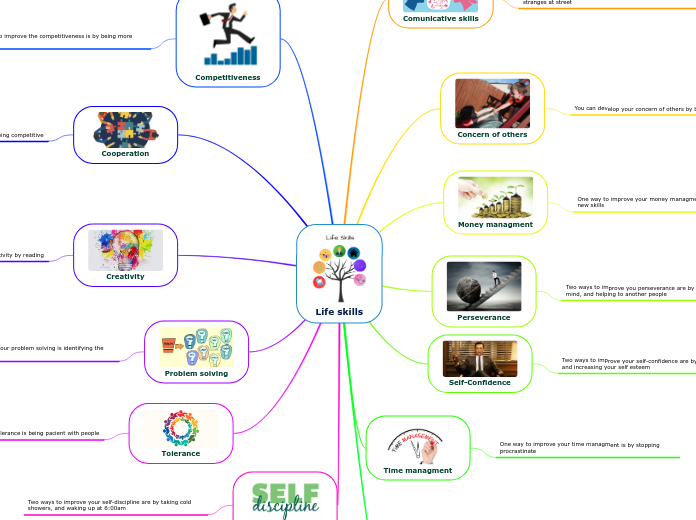jonka NELLIE HEW WIE LIE 345BB201408F0049 9 vuotta sitten
254
Class Individual Activity 1
In team dynamics, both small and large teams come with distinct advantages and challenges. Small teams, comprising 3 to 5 members, often benefit from more efficient communication and clearer roles, fostering better understanding and tighter relationships among members.









